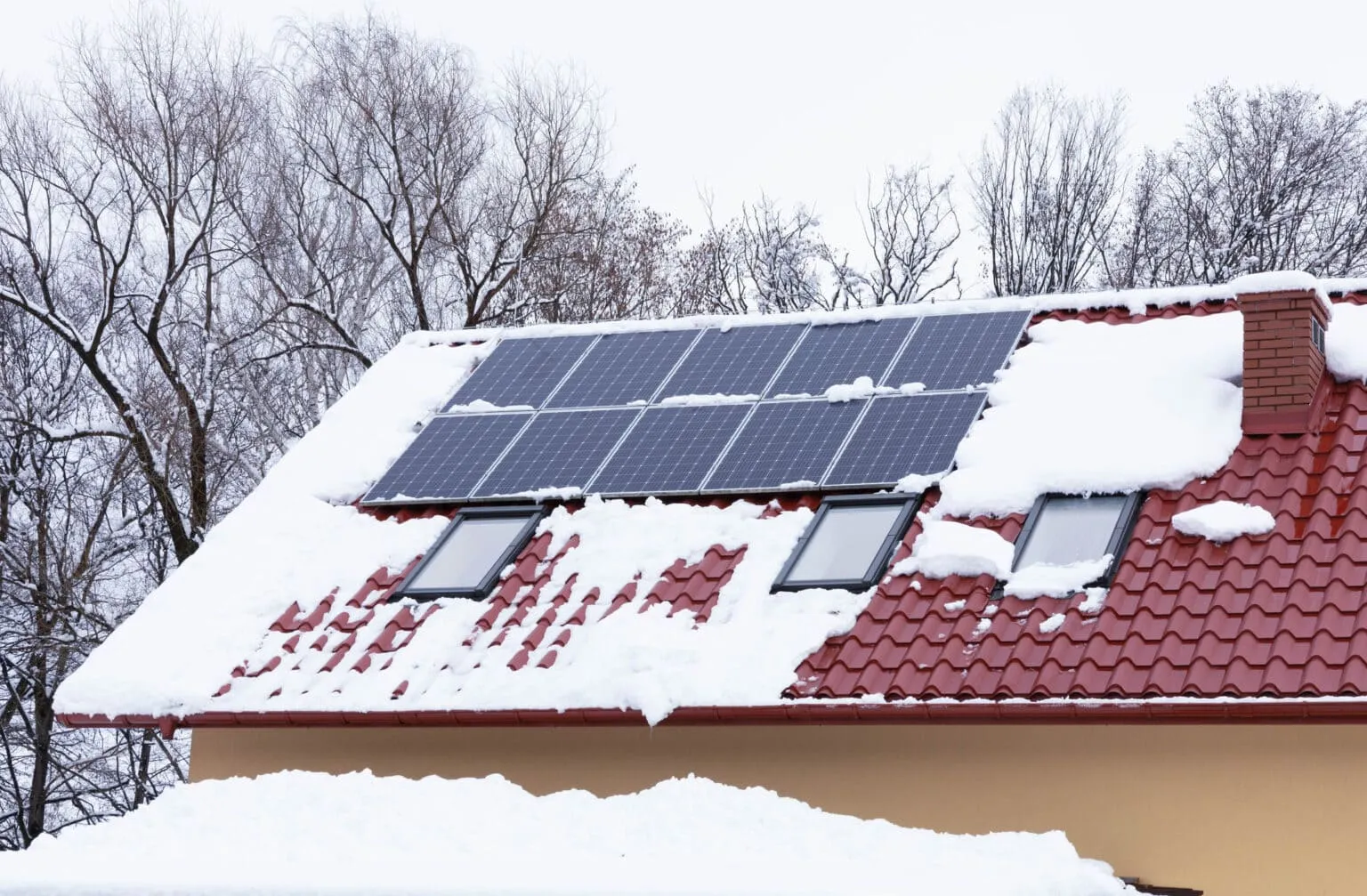Do Solar Panels Work When Covered In Ice?
Solar panels convert sunlight into electricity using photovoltaic (PV) cells. These cells absorb sunlight, creating an electric current that powers homes and businesses. The amount of energy they generate depends primarily on the sun’s intensity, not temperature.
Cold weather often improves your solar panel efficiency. The lower temperatures reduce electrical resistance, allowing the panels to operate more efficiently than in extreme heat. Basically, solar panels perform better on a bright, cold winter day than on a scorching summer afternoon.
Temperature plays a secondary role in energy production. Even in freezing conditions, if your panels receive adequate sunlight, they will continue generating electricity effectively. However, things become more complicated when the panels are covered in ice. Understanding how ice buildup affects performance—and how to maintain efficiency during winter—ensures consistent energy production.
The Impact of Snow and Ice on Solar Panels
Snow and Ice: The Barriers to Solar Energy
Your solar panels need direct sunlight to generate electricity efficiently. When snow or ice covers the surface, it blocks the light and lowers energy production. Unlike dirt or dust, snow can create a uniform layer that entirely blocks sunlight, halting power generation temporarily. On the other hand, ice may form a translucent layer that allows some light through, but scattering and refraction can reduce efficiency.
Understanding the Physical Impact on Panels
The weight of accumulated snow presents another challenge. Most residential and commercial solar panels are designed to withstand significant loads, often rated for at least 2400 Pascals (Pa), which approximates 50 pounds per square foot. However, excessive snowfall can push these limits, particularly on structures with inadequate support. Structural stress or deformation may occur on your solar panels if the weight surpasses design specifications.
In extreme cases, rapid freeze-thaw cycles can create expansion and contraction stresses. When snow melts and then refreezes, water can infiltrate small gaps or material imperfections, expand upon freezing, and exert force on the panel’s surface and mounting components. Over time, this can accelerate wear, leading to potential cracks or compromising your solar panels’ integrity.
Shading and Reflection: The Double-Edged Sword
Snow on your solar panels blocks sunlight and creates adjacent shading effects that reduce overall system performance. Even partial shading disrupts an array’s power output because most solar panels are connected in series. If one section receives reduced light, the performance of the entire string drops.
Reflective snow can also introduce complications. Under the right conditions, light reflected from surrounding surfaces can enhance energy production slightly. However, ice buildup can scatter light unpredictably, diminishing the photovoltaic cells’ ability to capture and convert sunlight efficiently.
Freedom Solar Power offers maintenance plans to address these winter-specific challenges. Our professional services ensure panels remain operational despite snow and ice, minimizing energy losses and potential structural risks.
Methods for De-Icing Solar Panels
Removing ice from your solar panels restores performance without damaging the system. There are several methods for de-icing, ranging from manual techniques to specialized tools designed for solar panel maintenance.



Hi, this is a comment.
To get started with moderating, editing, and deleting comments, please visit the Comments screen in the dashboard.
Commenter avatars come from Gravatar.